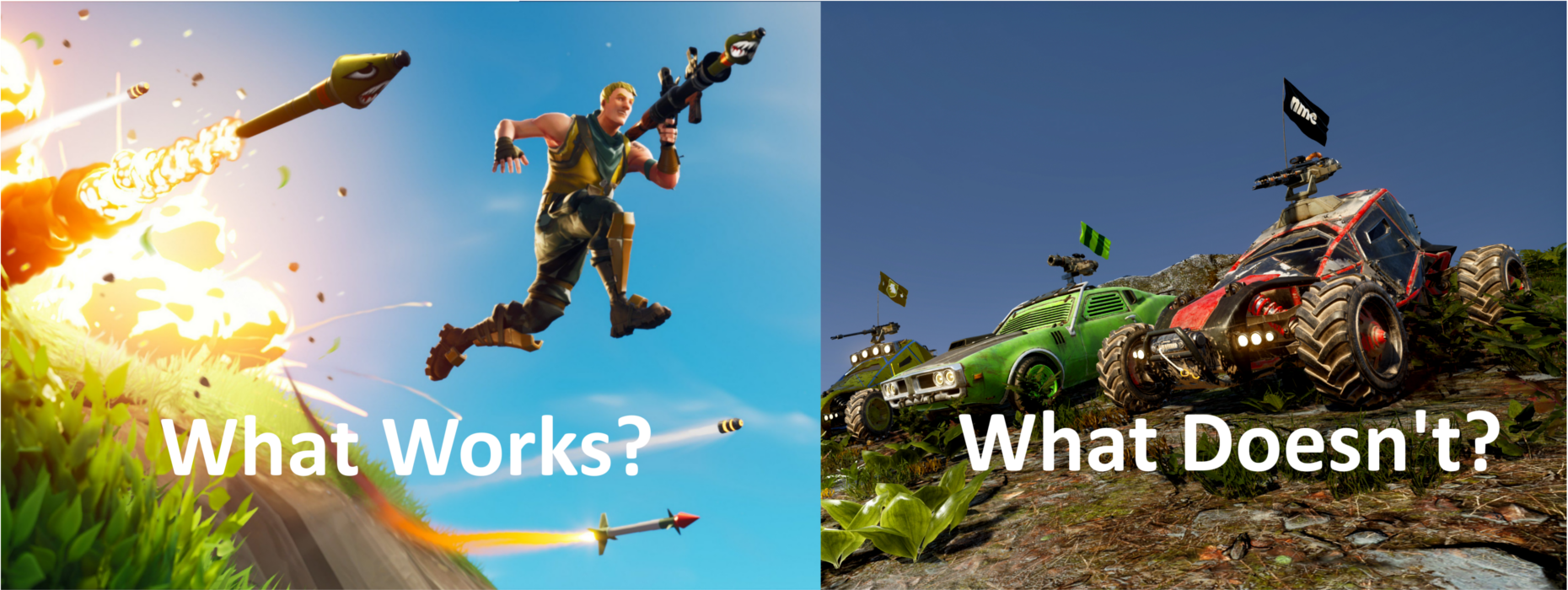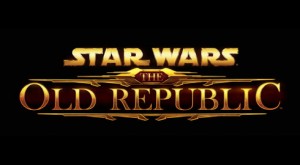Recently I tried out a Battle Royale by the name of not my car. It may not be the best name for a game, but from the description and the trailer, it appeared to be an enjoyable progression on the now extremely familiar formula. Plus, I’ve always had a soft spot for vehicular combat – going back to the days of Twisted Metal. The problem is that I didn’t actually get to play it. Sure, I cruised around a bit in the tutorial getting a feel for how it controlled, but after waiting 30 minutes in the queue to start a match, I encountered a failure in the most important element for the success of a Battle Royale.
The Playerbase
This one should be obvious, but it’s surprising how often it is neglected in releasing a Battle Royale game. It’s not even just a problem in the world of indie games, where any multiplayer-centric game is virtually guaranteed to fail due to a quickly declining playerbase. Even looking at AAA titles like Battlefield V’s Firestorm, we can see how the issue can have a number of different contributing factors
Usually these things can be addressed in at least a few different ways, the first is having the game, or at least the Battle Royale mode, free to play. While PUBG and a handful of others have succeeded in spite of having an initial cost as an a barrier to entry, the modern and extremely saturated Battle Royale landscape has seen numerous games rise and fall trying to get that up-front cash. The gaming world seems more than happy to try new and unknown experiences in the genre, Apex Legends has proved that without a doubt, but when the most popular game in the world is free to play (do I even need to say Fortnite?) it’s hard to compete having that extra hurdle to jump. Initial price isn’t the only issue that can stifle interest in a Battle Royale though.
Starting, Stopping, and How Long it Takes
Getting into a match quickly is one of the absolute best ways to keep people playing a Battle Royale. It’s also self-reinforcing in that people want to get into a match quickly which usually requires a large playerbase, and your active playerbase grows with people playing matches. A system like this is fragile though, as the game becoming less popular can run the cycle in reverse with fewer players causing matches to take longer to start and making more people quit.
The very nature of a Battle Royale game has a large percentage of the people playing being knocked out within the first minutes when the battlefield is most heavily populated. Getting those people back into a match quickly is a great way to counteract the frustration of a quick loss. One game I’ve seen do this ridiculously well is Tetris 99, a game that took one of the most popular video games in history and made it into something new without changing all that much in the process. Months after its release it’s still filling 99 player matches in seconds even with a single console playerbase and requiring a paid Nintendo Online membership. Part of the reason this works though is having even the longest matches last only minutes for the vast majority of the people playing it.
Having short match times is something that has to be developed as part of a game’s mechanics. Battle Royales, for the most part, have been lengthy due to large map sizes and part of the gameplay revolving around collecting weapons and items around the map. The shrinking circle effect is also one that has historically been a tap on the shoulder rather than the wall of impending death that it’s implied to be. Short match times can get more people into the matchmaking pool faster, which in turn means less time waiting for a match. Does it mean everything needs to be as fast as Tetris 99? No, of course not, that’s not practical for every design, but cutting out as much mindless traveling and searching of buildings as possible can have a meaningful effect on match frequency. However, the unique game design does have a factor on the success of a Battle Royale.
Something New
The early iterations of the genre were defined by polishing the same basic content created by Day Z. Dropping in, finding weapons and tools, and surviving. It’s fine on its own, but the refinement process has run its course. A lot of players are looking for something different if they’re going to move on from their Fortnites, Apex Legends, and PUBGs (still averaging nearly 400,000 concurrent players). Maybe a game like not my car has a future. I know I would definitely like to see it succeed as it might open the door to a Battle Royale that involves mechs – which I think would be fantastic.
Whatever the future holds, it’s clear that this genre is here to stay at least for a while. It seems to be inspiring the same sort of ‘gold rush’ mentality that the MOBA craze did years ago, where developers and publishers clamored to try to tap into the money faucet making many subpar games that couldn’t compete with the main contenders that stand strong today. Hopefully, with the flexibility of the 3D space and a more diverse collection of people buying games these days, we’ll see progression in this new genre and games that bring more to the table than the same formula that has run its course.




